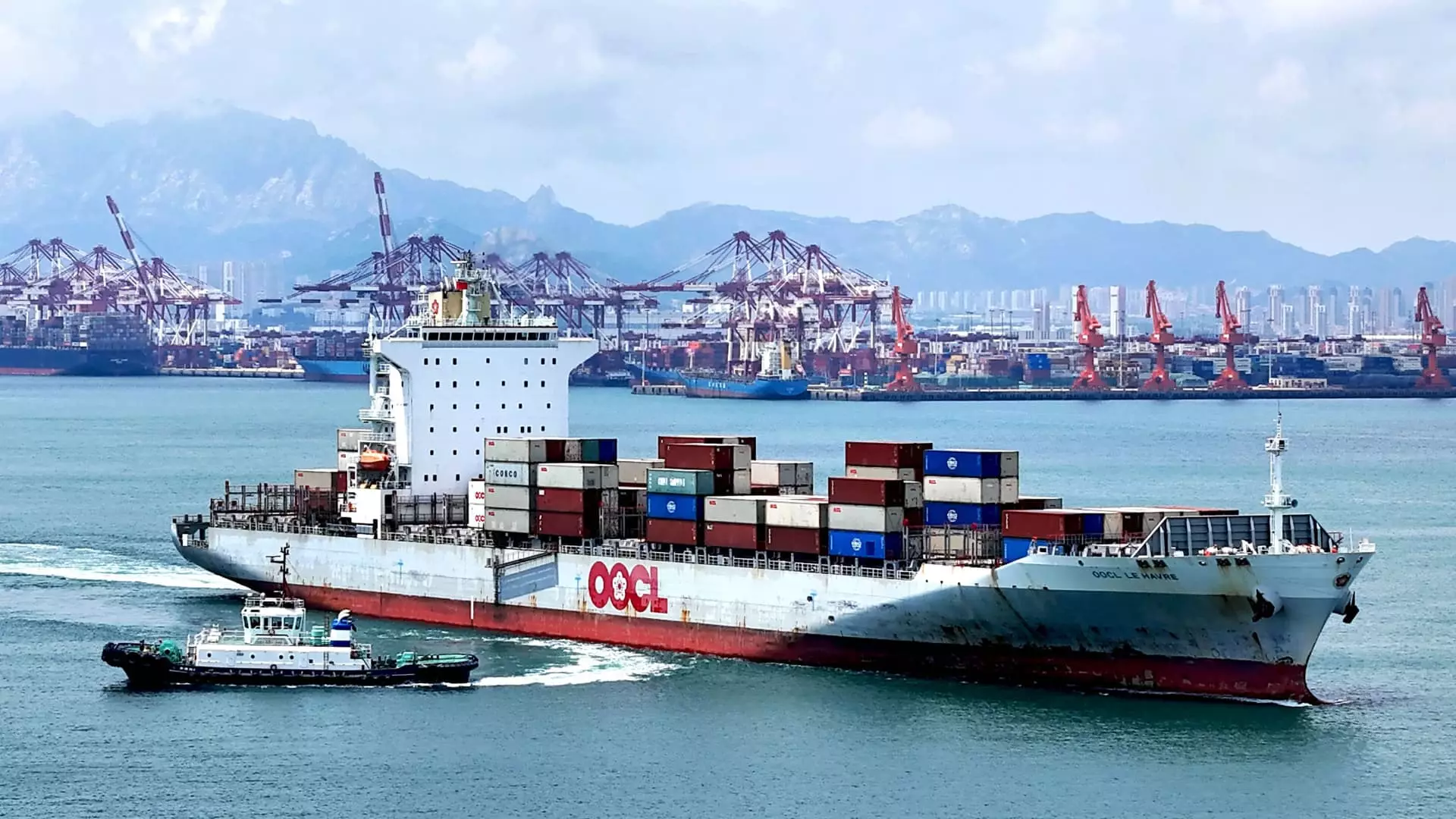In November, China reported a disappointing set of trade figures, with both exports and imports falling short of analysts’ expectations. This stark data released by the nation’s customs authority has intensified concerns regarding the robustness of the Chinese economy amid ongoing sluggish consumer demand and the looming threat of tariffs.
The import figures showed a notable decline of 3.9%, which is significant and indicates the steepest drop since September 2023. Market expectations had forecasted a modest growth of 0.3%, placing the latest decline in a more alarming context. Meanwhile, exports did see an annual increase of 6.7% when measured in U.S. dollar terms; however, this growth is a sharp decrease from the 12.7% increase seen in October, demonstrating a troubling slowdown that analysts were not prepared for. The anticipated growth among experts was set at 8.5%.
Economists like Zichun Huang from Capital Economics offer some insight into these fluctuations, suggesting that the recent decline in exports does not unequivocally signify the end of China’s export prowess. Huang pointed out that while the imposition of tariffs by the U.S. is likely to restrain export volumes by about 3%, the actual impact might not materialize until mid-next year. Interestingly, the potential for tariffs to stimulate the short-term increase in exports exists, as urgency from U.S. firms to place orders for Chinese goods could escalate in light of these impending tariff threats.
In the short term, there is optimism for a potential rebound in import volumes, largely driven by governmental fiscal measures designed to boost demand for industrial commodities. This underscores a vital dynamic in assessing China’s trade health—how government policies may counteract external pressures.
The specifics of the data highlight a mixed bag in terms of China’s export activities with various trade partners. Notably, exports to the Association of Southeast Asian Nations (ASEAN) experienced the most significant surge, rising nearly 15%. Contrastingly, imports from ASEAN fell by 3%. Exports to the United States registered an 8% increase, albeit against a backdrop of an 11% decrease in imports from the same territory.
The European Union mirrored this pattern with a 7.2% increase in exports and a 6.5% reduction in imports. Interestingly, China’s engagement with Russia revealed a decrease in both exports and imports—2.5% and 6.5%, respectively—illustrating the shifting dynamics of international trade relationships.
The trade numbers also shone a spotlight on specific commodities, particularly rare earth materials and steel. China saw a nearly 5% rise in rare earth exports, with 4,416 metric tons being shipped out. Despite the clamoring for these vital minerals used in advanced technologies, imports of rare earth materials plummeted over 20% from the previous year.
Moreover, steel exports surged by 16% in November, totaling 9.28 million tons. Such figures not only reflect a vibrant sector but also suggest resilience amid domestic economic challenges. Overall, the cumulative export data through November shows a modest 5.4% increase, amounting to $3.24 trillion, while imports barely rose by 1.2% to $2.36 trillion.
Insight into Future Trends: Shrinking Demand and Fiscal Response
The trade figures emerge following China’s leadership vow to implement enhanced monetary and fiscal stimulus aimed at bolstering growth for the upcoming year. Promises of “unconventional counter-cyclical adjustments” to stimulate domestic consumption hint at the government’s readiness to intervene aggressively in the face of adversity.
Experts remain cautiously optimistic about future trends; for instance, Erica Tay at Maybank suggests that export growth could see a pick-up as U.S. imports front-load their purchases ahead of expected tariffs. However, she warns of a potential slowdown in the latter half of the next year as these tariffs come into effect.
While manufacturing activity in November expanded for the second consecutive month with the official purchasing managers’ index rising to 50.3, the underlying theme remains one of cautious optimism amid soft domestic demand and weak consumer inflation, which rose only 0.2% compared to last year.
As China navigates these challenging waters, the effectiveness of its fiscal and monetary interventions will be paramount in determining whether it can revive its economic momentum going forward.


Leave a Reply